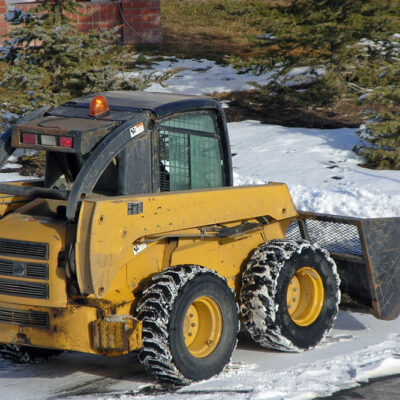
Understanding rubber tracks – Features, types, and more
Rubber tracks are circular belts made of rubber added to machinery to maintain stability, high flotation, low ground pressure, and a smooth ride. They can be manufactured to suit a variety of scales, from large construction equipment to personal use machines such as mini skid steers, motorized wheelbarrows, and more. Read on to learn more about the features, uses, and types of rubber tracks, as well as how their replacements work. Key features of rubber tracks Not all rubber tracks are produced the same way. However, depending on the manufacturer and their intended use, these mechanical parts generally have all of the following features: Low ground connection and excellent traction force Optimizes traction system performance Delivers power efficiency Provides vehicles the ability to relocate (even on public roads) without causing any damage to the surroundings Premium companies may strengthen these durable devices by using anti-cut rubber to increase durability, adding interlocking to reduce the risk of de-tracking and using anti-rust steel rods to minimize repairs. Types of rubber tracks Here are some of the most common types of rubber tracks that are manufactured and in use around the world: Conventional rubber tracks These tracks do not let the wheels come in contact with the metal guides and are allowed to be used only on undercarriages designed for rubber tracks.
Read More 







